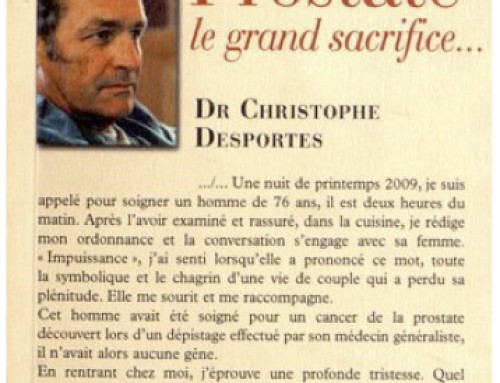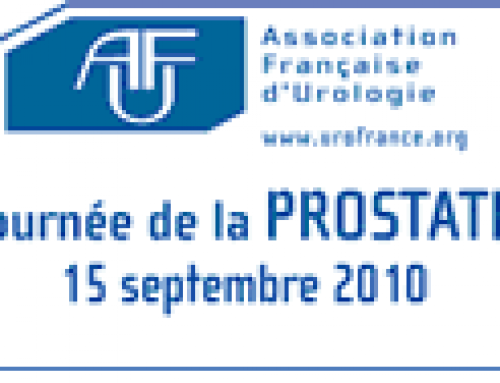The publication of a study on the consequences of 20 years of screening for prostate cancer does not clearly present the key result: there were slightly more deaths from cancer of the prostate in the invited group than in the group not invited screening and excess diagnostic evidence in the screened group gives arguments against screening. The overdiagnosis – excess diagnoses – result in unnecessary and dangerous overtreatment . An evidence-based medicine is based on discernment and independence from any misleading influence.
The paper « Randomised prostate cancer screening trial: 20 year follow -up » by Gabriel [Sandblom et al. Sandblom G, Varenhorst E, Rosell J, Löfman O, Carlsson P. [Randomised prostate cancer screening trial: 20 year follow-up]] suggested that the chances of death over 20 years are 35% for those assigned to screening and 45% among those not randomly chosen to get a screening invitation. In a randomised population RCT, death due to prostate cancer should be the most significant outcome variable. But the paper uses « prostate cancer specific mortality », that is occurrence of death among cases, or in other terms, case fatality rate. As public health researchers and general practitioners, we asked if the probability of death from prostate cancer was significantly lower in the group randomly selected for screening. The data available in the publication suggests that it was not. Among 1494 men invited to screening, 30 (2.0 %) died from prostate cancer. Among 7532 men not invited to screening, 130 (1.7 %) died from prostate cancer. These observed proportions of death from prostate cancer are not given in the paper and they clearly do not differ at the p<.05 level. Using data available in the report, we looked for other differences between the intervention and the control groups. The paper gives the risk of "prostate cancer" diagnosis: 5.7 % in the intervention group versus 3.9% in the control group. The chance probability of this difference is close to .001. The increased risk of "prostate cancer" in the invited group is 5.7 % - 3.9 % = 1.8 %. In the paper, cases due to this increased risk are considered "indolent tumours that do not reduce prostate cancer specific survival or overall survival". Such cases fit well the classical definition of overdiagnosis [Etzioni R, Penson DF, Legler JM, et al. [Overdiagnosis due to prostate-specific antigen screening: Lessons from U.S. prostate cancer incidence trends. JNCI 2002;94(13):981-990]]. The expected number of overdiagnosed cases in the invited group amounts to 1.8 % of 1494 or 27 cases. The good new for the control group is that 137 men (1.8 % of 7532) escaped overdiagnosis because they were not invited to screening. Overdiagnosis does not favour patient’s health: it is associated with overtreatment. It does not favour sound research either. It gives the illusion of favourable prognosis: overdiagnosed cases do not die from the disease. Survival analysis that is limited to diagnosed cases is confusing because it is influenced by overdiagnosis. A comparison between cases only should first remove about 27 overdiagnosed cases in excess who did not die from prostate cancer within the group invited to screening. Survival analysis given in Figure 2 and 3 of the paper shows an illusionary improved prognosis among cases in the intervention versus control group because it does not compare equivalent cases. Each overdiagnosed case contributes to the illusion of increased survival. Figure 4 of the paper gives cumulative rates of prostate cancer specific mortality, that is the risk of death due to prostate cancer among cases only. Instead, the paper would have been more informative if it reported mortality due to prostate cancer in each whole group obtained after random allocation. Such a comparison of the cumulative risk of dying from prostate cancer between intervention and control groups would give a result independent of overdiagnosis. It would serve evidence-based medicine requiring distinction and independence of any misleading influence [[http://www.formindep.org/La-Charte-du-Formindep,61.html]]. Conflict of interest in prostate cancer care: none declared





Laisser un commentaire